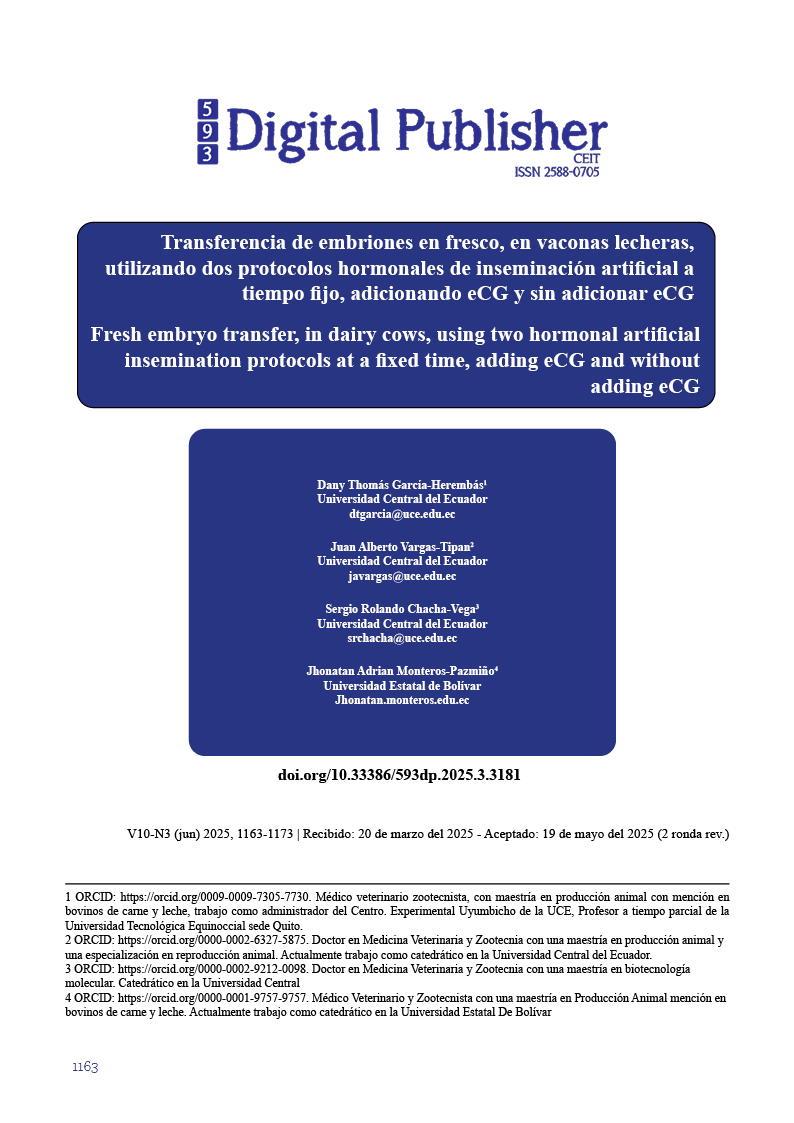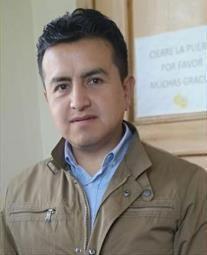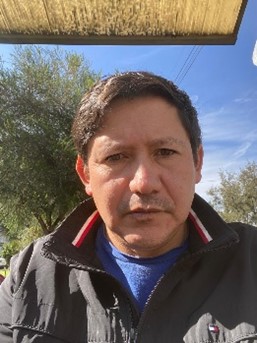Fresh embryo transfer, in dairy cows, using two hormonal artificial insemination protocols at a fixed time, adding eCG and without adding eCG
Main Article Content
Abstract
The study on bovine follicular dynamics and embryo transfer seeks to optimize reproductive efficiency in dairy cattle. The application of hormones in fixed-time artificial insemination (FTAI) protocols allows improving pregnancy rates and embryo quality, contributing to the advancement of reproductive biotechnologies. General Objective: Determine the effect of the addition of eCG in an IATF hormonal protocol on the size of the corpus luteum and pregnancy rates in recipient cows. Methodology: An experimental design was used with 20 dairy cows divided into two groups, with and without administration of eCG. Gynecological check-ups, estrus synchronization and embryo transfer were performed. Data collection included measurements of the corpus luteum and pregnancy diagnosis by ultrasound. Results: The protocols with eCG showed greater synchronization of estrus, a more developed size of the corpus luteum and a significant increase in the pregnancy rate compared to the protocols without this hormone. Conclusions: The use of eCG in IATF protocols improves reproductive efficiency by promoting follicular maturation and increasing pregnancy rates. The proper selection of donors and recipients is essential for the success of the procedure.
Downloads
Article Details

This work is licensed under a Creative Commons Attribution-NonCommercial-ShareAlike 4.0 International License.
1. Derechos de autor
Las obras que se publican en 593 Digital Publisher CEIT están sujetas a los siguientes términos:
1.1. 593 Digital Publisher CEIT, conserva los derechos patrimoniales (copyright) de las obras publicadas, favorece y permite la reutilización de las mismas bajo la licencia Licencia Creative Commons 4.0 de Reconocimiento-NoComercial-CompartirIgual 4.0, por lo cual se pueden copiar, usar, difundir, transmitir y exponer públicamente, siempre que:
1.1.a. Se cite la autoría y fuente original de su publicación (revista, editorial, URL).
1.1.b. No se usen para fines comerciales u onerosos.
1.1.c. Se mencione la existencia y especificaciones de esta licencia de uso.
References
Cabero, L., & Rodriguez, D. (2007). Obstetricia y medicina materno-fetal. Ed. Médica Panamericana. https://books.google.es/books?hl=es&lr=&id=AGh8rK1MmOsC&oi=fnd&pg=PA951&dq=Hern%C3%A1ndez,+M.+(1994).+Endocrinolog%C3%ADa.+Fisiolog%C3%ADa+General.+Quito:+UCE&ots=R3bTj0PHqv&sig=tz9sxIraH2i482r44kRN4Pvd9lQ
Callejas, E. A. (2012). Grupo de biotecnología de la reproducción, superovulación y transferencia de embriones bovinos. Córdoba: INTA.
Del Valle, T. (2008). Dinámica folicular ovárica durante el ciclo estral en vacas doble propósito. Desarrollo sostenible de ganadería doble propósito. cap: XLIV. Pag, 553.
Duica, A., Tovío, N., & Grajales, H. (2007). Factores que afectan la eficiencia reproductiva de la hembra receptora en un programa de transplante de embriones bovinos. Revista de Medicina Veterinaria, 14, 107-124.
Espinoza, J. L., Ortega, R., Palacios, A., Valencia, J., & Aréchiga, C. F. (2007). Crecimiento folicular ovárico en animales domésticos: Una revisión. Interciencia, 32(2), 93-99.
Galina, C., Saltiel, A., Valencia, J., Becerril, J., Bustamante, G., Calderón, A., Duchateau, A., Fernández, S., Olguín, A., & Páramo, R. (2008). Reproducción de animales domésticos. https://www.sidalc.net/search/Record/KOHA-OAI-AGRO:2167/Description
García, F. (2023). Los inciertos orígenes de la libertad condicional en España. Revista de Estudios Penitenciarios, 85.
Gutiérrez, J., Palomares, G., Hernández, E., Leyva, J., Díaz, E., & Herrera, E. (2021). Frecuencia de enfermedades de impacto reproductivo en bovinos de doble propósito ubicados en Oaxaca, México. Abanico Orellana, J. C., & Peralta, E. M. (2007). Manual de procedimientos para el laboratorio de transferencia de embriones en bovinos de la empresa Genetic Resources International (GRI) and Sexing Technologies [PhD Thesis, Zamorano: Escuela Agrícola Panamericana-2012]. https://bdigital.zamorano.edu/bitstream/11036/758/1/T2520.pdf
Salguero, L. M. (2023). Aceleración en la obtención del genotipo a2a2 del gen de la beta caseína de la leche mediante superovulación y transferencia de embriones en la HACIENDA LA ESPERANZA. https://repositorio.utc.edu.ec/items/0f938b36-60b9-44f8-8f90-2b731ead8f81
Tríbulo, H. E., & Cutaia, L. (1996). Selección y manejo de receptoras de embriones bovinos. https://www.sidalc.net/search/Record/KOHA-OAI-AGRO:10159/Description





